'The Empire Strikes Back' at 40: A troubled shoot that almost broke George Lucas and Star Wars
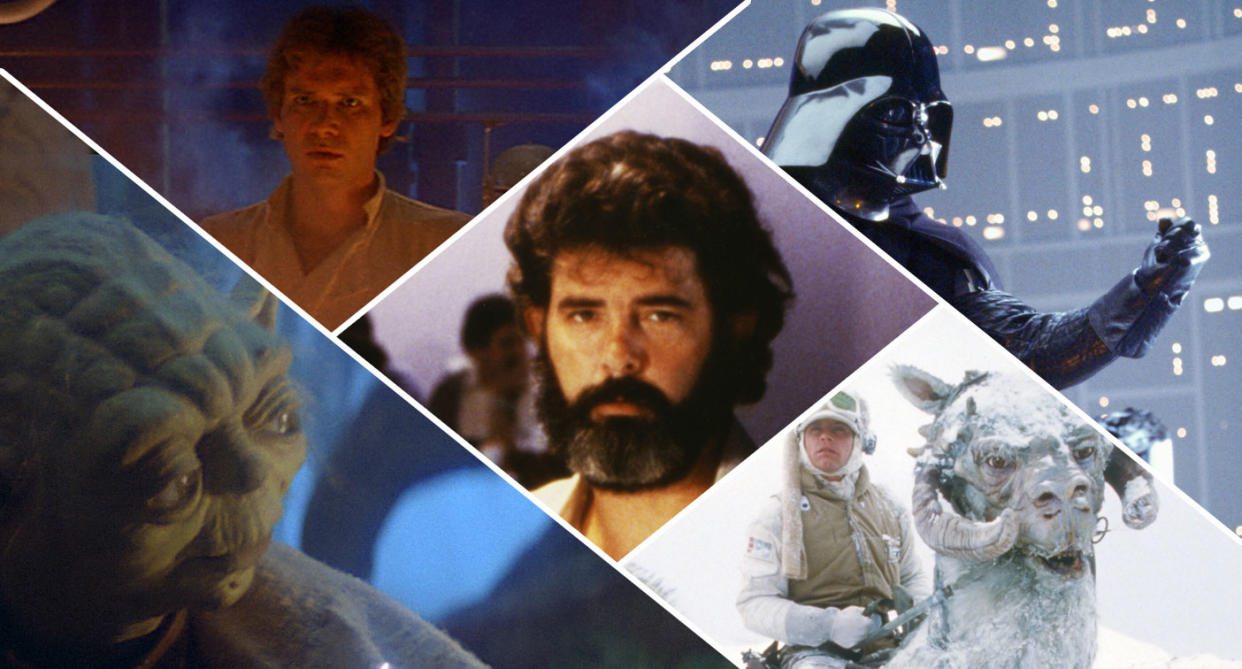
May, 1980: the second Star Wars movie hits cinemas with unprecedented expectations and its creator’s finances and reputation on the line.
It could have all gone very wrong, but as we now know, The Empire Strikes Back became one of the best sequels ever and continued the faraway galaxy’s march through the cinematic cosmos.
We find out how close it came to disaster.
George Lucas is not enjoying himself
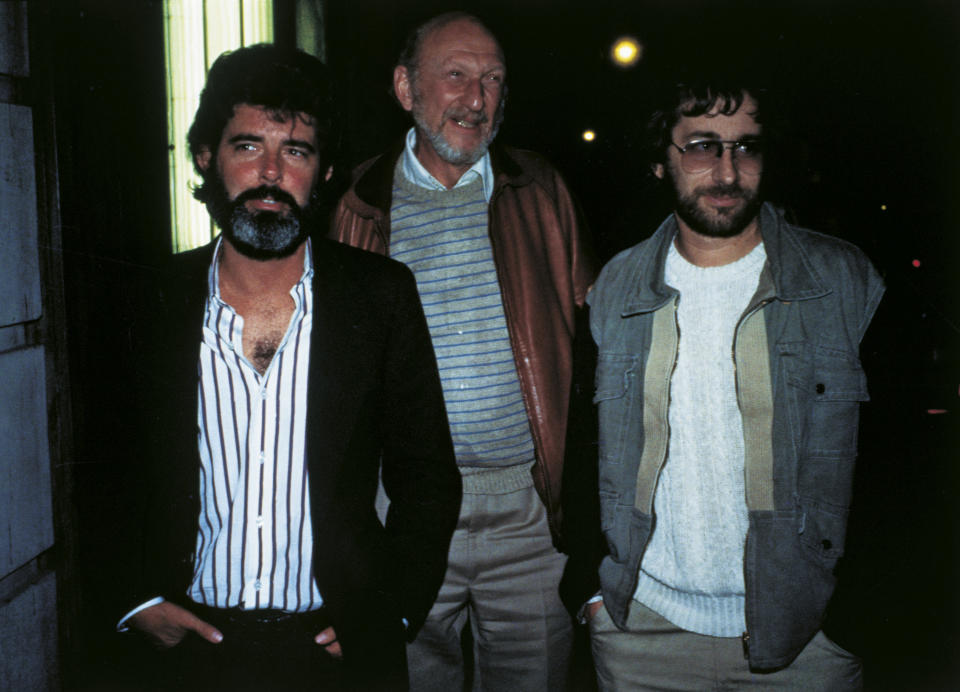
He was coming off the back of the biggest movie ever, beloved by millions around the globe, but you might be surprised to hear that George Lucas wasn’t happy much during the making of The Empire Strikes Back.
In fact, when Paul Hirsch, who edited the film and had won an Oscar for doing the same on the first picture thinks back to his favourite memories from the project, it’s Lucas’s frown turning upside down that pops into his head.
Read more: How Empire Strikes Back became the elusive Star Wars film in the 80s
“We were renting a little mews house in Hampstead and it was George’s birthday,” Hirsch recalls. “We invited [him and his then-wife Marcia] there. I remember George relaxing and smiling and having a good time.” It was a rare positive moment. “The picture went way over schedule and of course as a consequence way over budget. He had risked a vast part of his fortune on the making of the film, so he was carrying a heavy burden… he didn’t smile all that much.”
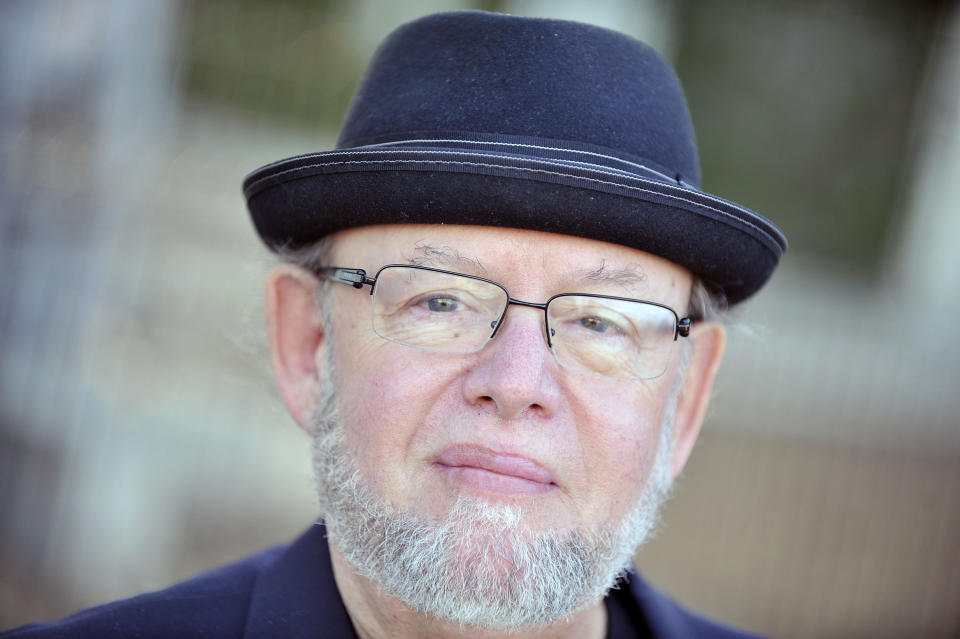
Lucas had made a packet on A New Hope, but he was still annoyed about how much he had to give 20th Century Fox. So rather than go to them for more money, he instead went with an ultimatum. They could distribute The Empire Strikes Back, but he would get a bank loan using his own money as collateral and pay for the film himself. Also, Fox would only get an equal share in the lucrative merchandising rights until the middle of 1978, at which time he would take 80%. Of course the studio said yes – who wouldn’t want a second Star Wars? – but while the filmmaker got control, he also took on all the risk.
Which is fine, if everything’s fine. But it wasn’t on Empire. For a start there was the script. Lucas’s first choice of writer, Leigh Brackett, had submitted what he considered to be a substandard draft and then had tragically died not long afterwards. As always, Lucas knew exactly what he wanted, but didn’t always believe that his vision was being followed to the letter in the way it should be.
The right director with the wrong attitude
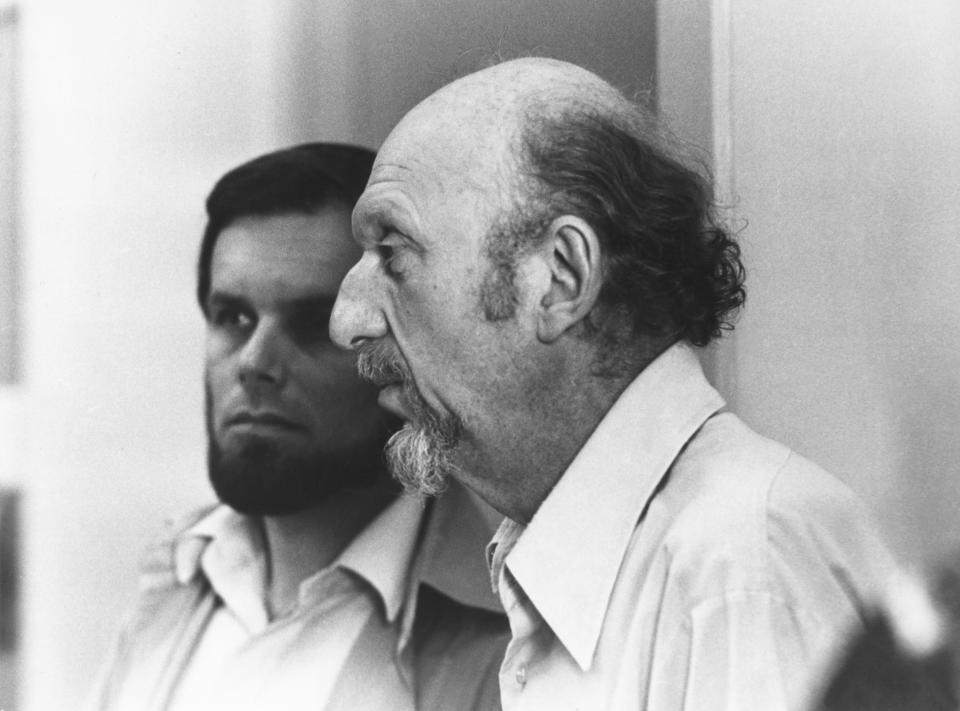
Not only his vision, but the understanding that it was his cash on the line. Saturday Night Fever director John Badham had almost got the gig, as had Bugsy Malone’s Alan Parker. Ultimately though, Empire was helmed by Irvin Kershner, a thoughtful, character-orientated artist who liked to take his time. With the entire picture budgeted at $15million, it was time (and money) Lucas didn’t have.
Read more: The Star Wars timeline explained
Despite getting on with him and understanding his process, some of the crew admitted working with Kershner could be difficult. “I liked [him] very much,” special effects director Brian Johnson told Screen International back in 1980. “He is frustrating as a director in a way, because he would change his mind at the last minute, much later than most directors do.”
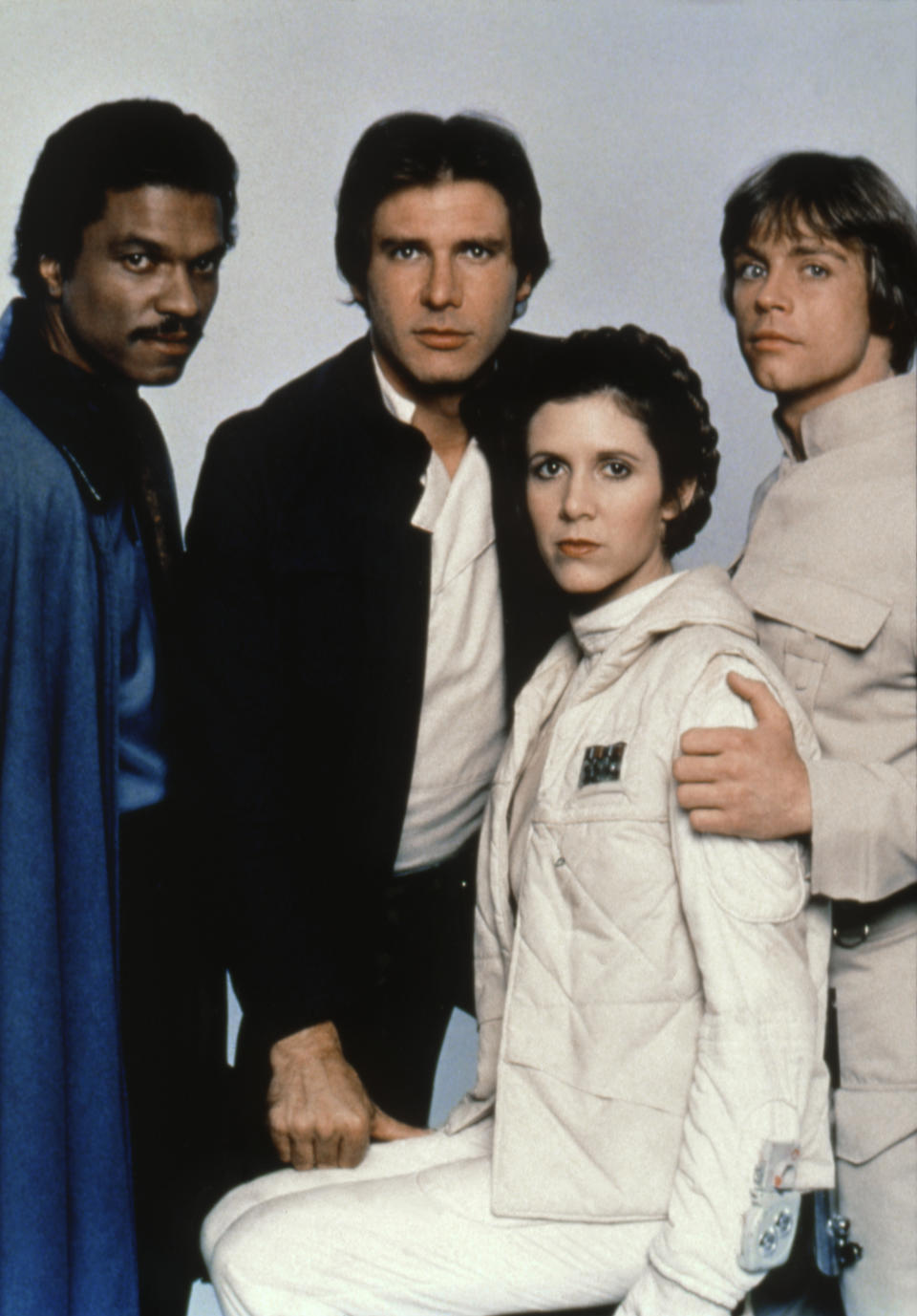
“They weren’t shooting a lot of film each day,” agrees Hirsch.
This relaxed and improvisational approach held no truck with Lucas. In fact, it’s what caused the schism between him and his friend/producer Gary Kurtz. Mid-shoot, blaming him for indulging Kershner, Lucas replaced Kurtz and put someone else in day-to-day charge of the production. “George got really concerned about how long we were taking,” Kurtz told author Brian Jay Jones years later. “He banged me for the cost overruns on Empire.”
Everything is not awesome

By this point however, things had already had plenty of time to get fraught. The British FX guys were rushed off their feet and trying to juggle Empire with a little horror movie called Alien, as the latter had gone over-schedule. “We started The Empire Strikes Back in a hell of a rush,” said Brian Johnson. “As soon as anyone finished on Alien – say on a Thursday morning – by the afternoon they would over at Elstree working on Empire.”
There were pioneering new characters to get to grips with too, such as a wizened Jedi master originally called Minch Yoda, who’d lost his original first name as the screenplay evolved (Lucas had handed the gig to an up-and-comer called Lawrence Kasdan who was asked to sort out Empire before cracking on with another idea called Raiders of the Lost Ark).
“I always thought Yoda was our secret weapon,” Paul Hirsch says now. “I thought people would go crazy when they saw him.”
Lucas wasn’t so sure. Yes, he was brilliantly puppeteered by Frank Oz, but he wasn’t convinced initially that Oz’s vocals was right. “George didn’t want my voice,” Oz said later.
Tragedy and a terrible winter
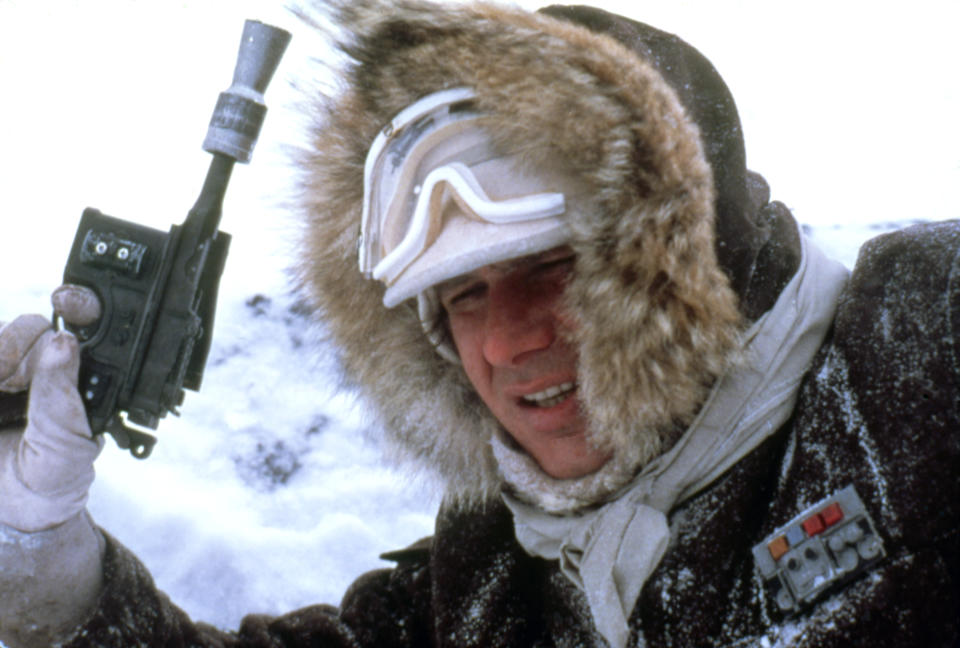
However, there were other things to worry about. Second unit director John Barry, who’d also been instrumental in the first film, collapsed suddenly on-set in the middle of filming and died of meningitis a couple of days later. To show how behind they were, on the very day of his death, the crew had to continue shooting scenes in the cockpit of the Millennium Falcon.
And the filming of the Hoth scenes in Norway had been a complete nightmare. Finse, the production’s base, had experienced era-defining storms. When Harrison Ford was ferried there to film a sequence with Mark Hamill, the snow was so deep and it was so cold, he showed up on-set in a snow plough’s engine compartment (a mechanical Tauntaun of sorts). The crew was frequently snowed in and once Kershner filmed a scene with Luke Skywalker battling the elements from the lobby of their hotel because they couldn’t set up outside.
Twists and turns
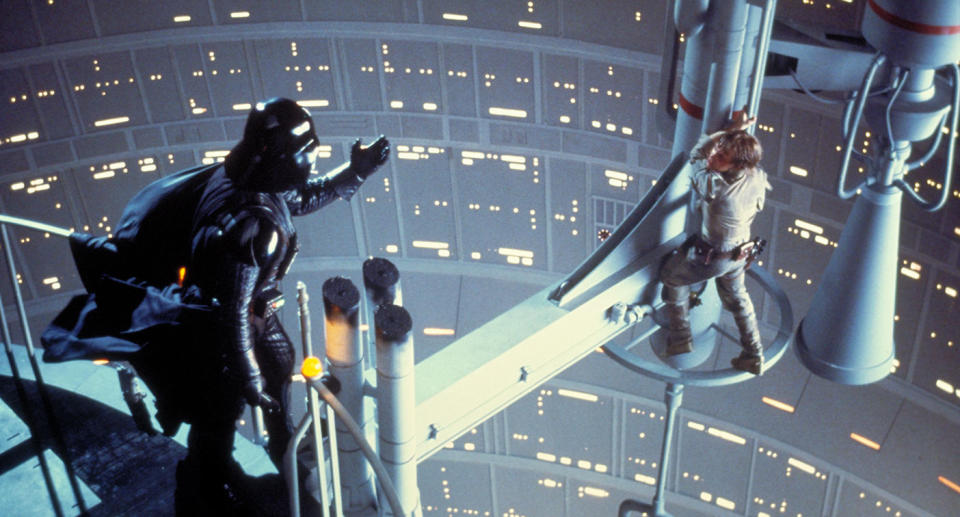
Of course, there is also the paternal twist. Desperate to keep it under wraps, Lucas went to extreme lengths to protect it. David Prowse, the body of Darth Vader, was considered so loose-lipped that he was basically kept out of the loop altogether. “I wasn’t even allowed to read the script,” he told Screen International in 1980. “They just gave me a few pages at a time because they were so worried about the story leaking out.”
“I went back and I got out my script and I looked and the page where that line is, is missing,” says editor Paul Hirsch. “The script is bound and I don’t remember tearing the page out. Later on, after the picture had all been shot, that’s when I would have learned about it.”
Read more: The best order to watch Star Wars
Nevertheless, he had other things to worry about on the day than who was who’s father. “What I remember about that sequence is it was shot with enormous wind machines,” he says. “They put out an incredible noise. Because of the wind machines, they couldn’t shoot dialogue for the sequence. So they had to shoot the sequence essentially silent. Vader’s got a mask on anyway… My concern was about Mark Hamill, having to loop his performance without a guide track. Usually, the actor can listen to what he did and parrot it, repeat it and try to capture the same performance… so that was where my focus was – technical issues. I wasn’t really thinking terribly much about what he was saying.”
All these obstacles meant that Lucas ended up spending more time on the set than he intended (he was planning/building Skywalker Ranch at the time) and watching more closely than he thought he would be over Kershner and the rest of the crew.
“George came in… he changed the continuity of the first half-hour, I would say,” remembers Hirsch. In fact, that tinkering of the Hoth sequence annoyed Kershner as he said it made it look like the director didn’t know what he was doing.
And yet…
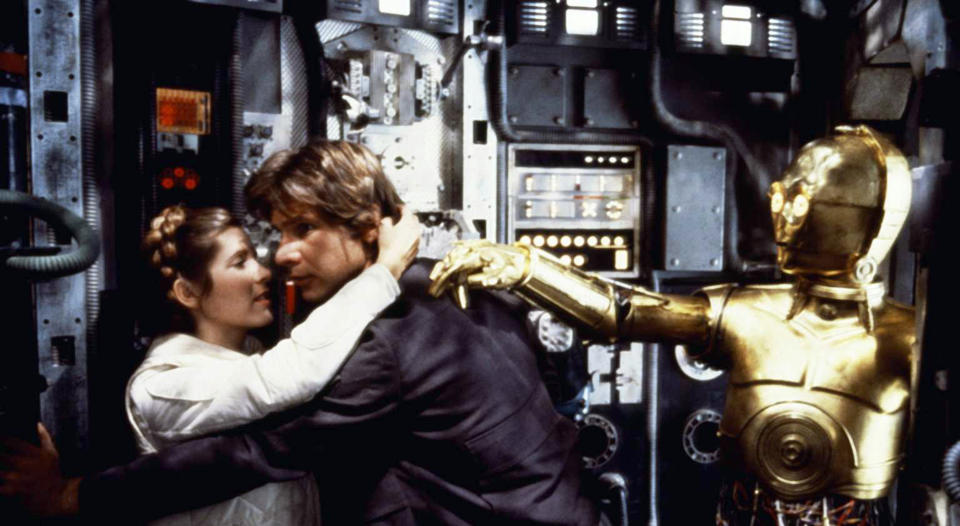
Despite the fact it was wildly over-schedule and ended up costing $33million rather than $15m, The Empire Strikes Back is a masterpiece that continues to challenge and excite audiences 40 years after its release.
“My reaction to the script was I thought it was very bold and daring and courageous,” says Hirsch. “You never count on it being a hit, but I always had confidence in it.”
Actor Mike Edmonds was still just an extra (and remains uncredited) when he was cast as an Ugnaught (an alien race latterly seen again in The Mandalorian), so you would have thought he’d be a bit overwhelmed walking onto such a seminal production.
Apparently not. “I didn’t know much about Star Wars,” he says. “I hadn’t seen it!”
His roles included helping to put Han Solo into the carbon freezing chamber and being filmed walking up and down corridors.
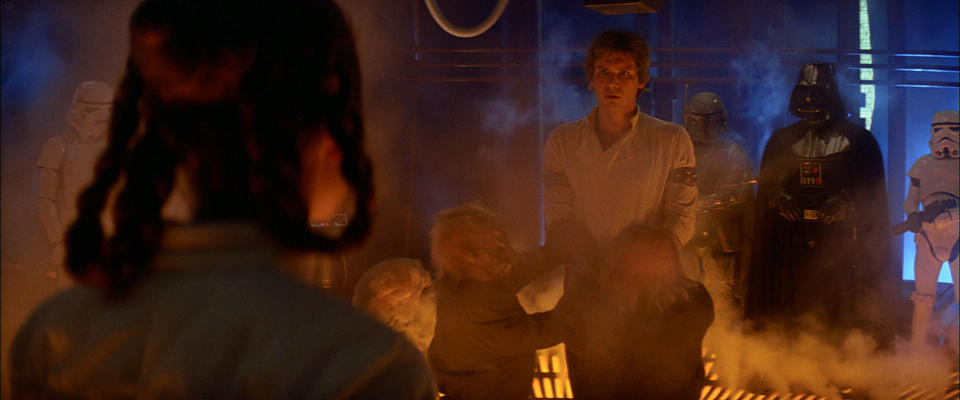
“I stayed with my agent who lived about a mile-and-a-half from the studios,” he says today. “I was able to get there early in the morning, so I did quite a bit of work before the others turned up.”
“[The set was] a wondrous thing,” he continues. “It’s very strange to be on that set and then walk outside and get in your car and drive home, you know?”
The actor went on to play Ewok Logray in Return of the Jedi and has had an illustrious cinematic career, as a Time Bandit and many more. Logray has his own action figure, yet, he laughs, ““here are few Ugnaught ones, but whether it’s me I don’t know!”
For Paul Hirsch too, the film brings back happy memories.
Lucas’s friend, the Oscar-winning editor Walter Murch staged The Droid Olympics, “which was a series of contests involving editing room skills.”
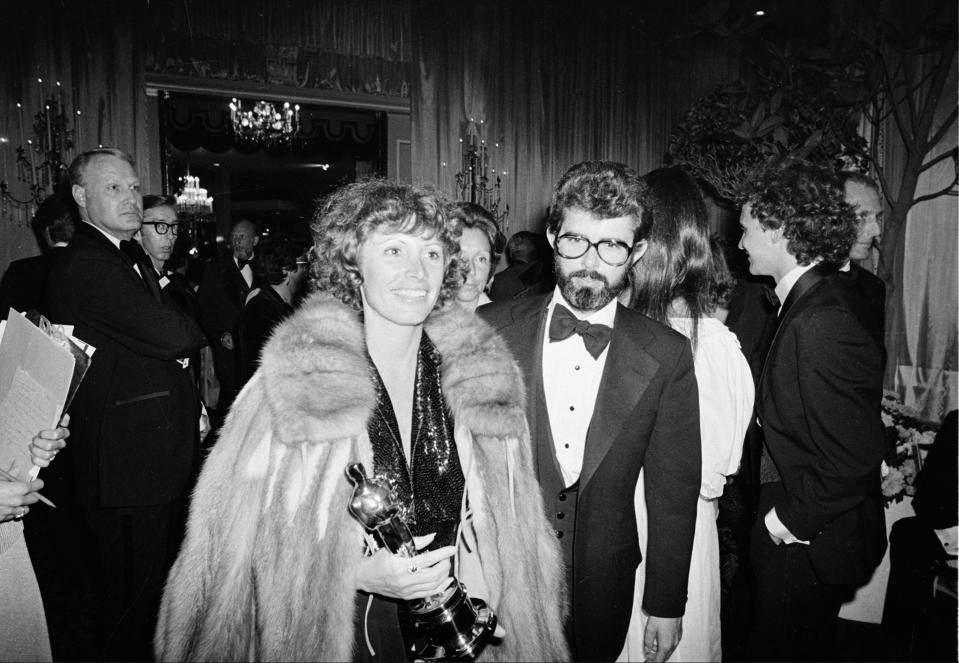
Then there was the time Marcia Lucas showed up at Hirsch’s house in the pouring rain carrying a four-foot-tall Wookiee for his young daughter, or when “we had a softball team made up of members of the editing crew. We were called The Sprockets.”
So while George Lucas may not have smiled all that much when they made one of the greatest sequels of all-time, his instincts were proved correct. The film made him even more money, helped people think differently about how they might finance movies and never again would studios underestimate the value of a toy.
“George is a combination of tremendous creative, imaginary powers and a hard-headed business sense,” says Hirsch, who has gone on to edit everything from Ferris Bueller’s Day Off and Steel Magnolias, to Warcraft and Mission Impossible: Ghost Protocol.
“So I’d say on that score, he’s unique.”
A Long Time Ago in a Cutting Room Far, Far Away: My Fifty Years Editing Hollywood Hits - Star Wars, Carrie, Ferris Bueller's Day Off, Mission: Impossible, and More by Paul Hirsch is available now.
Star Wars: Episode V - The Empire Strikes Back is streaming on Disney+.


